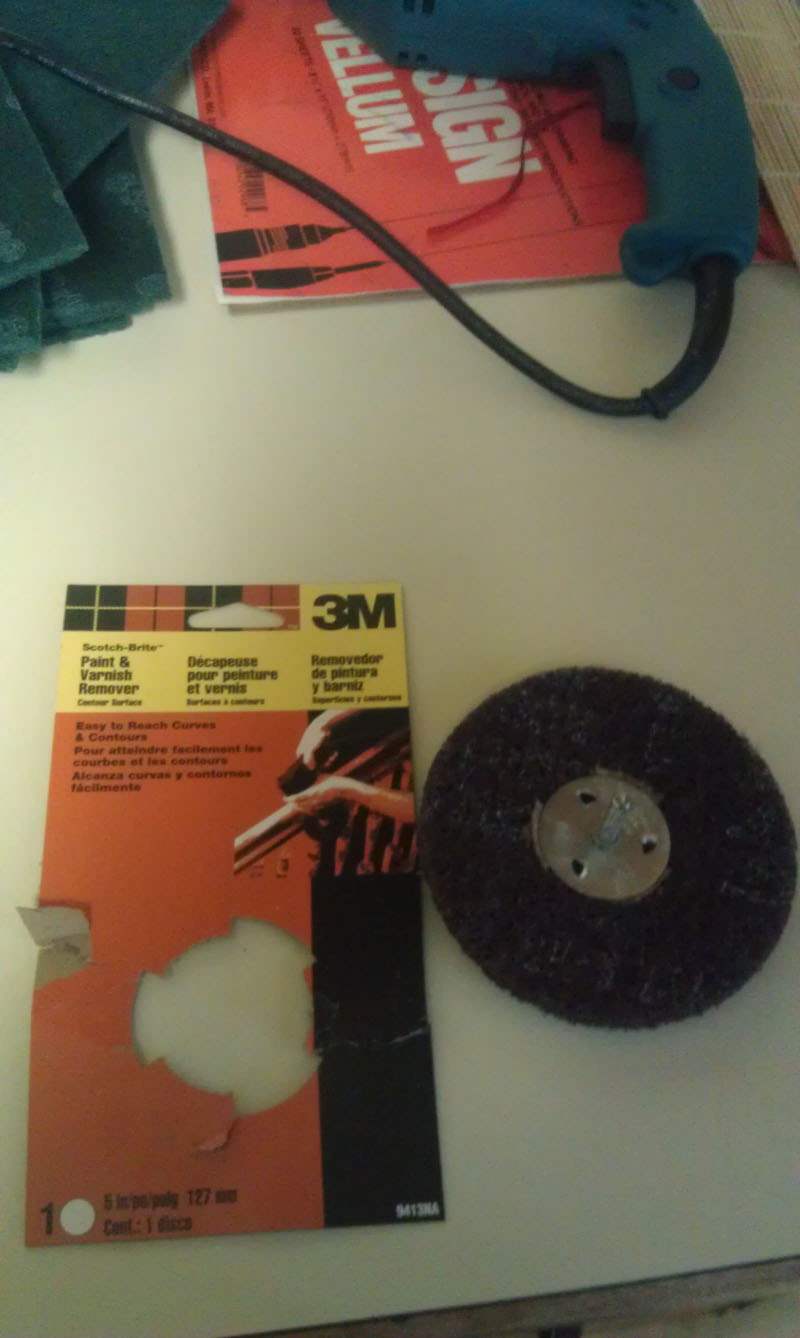revco
Well-Known Member
Hey all,
I don't know if I just got the short straw or what, but I received my kegs (now keggles) back from the welder today and the insides were covered in a brown, "slag" type material. It's almost like a spray of rough, brown, hard material that's stuck to nearly all sides of the keggles. I'm guessing it was a byproduct of the grinding or plasma cutting, whichever method was used. (I suspect a grinder.) I wasn't there for the process, so I don't know precisely what happened, but I haven't read anything about this.
I've spent the last hour+ scrubbing them down with bar keep's friend and a Scotchguard pad. I mean really going to town. For the most part, they're clean...but there's still residual "slag" left over that's proving difficult to remove. I'm reluctant to take steel wool to the inside of my brand new keggles. I'm sure it would do the trick, but I fear scratching the insides up of these (now) $300+ keggles something fierce. (Steel on steel = same hardness = scratch possibility)
Got a couple questions:
I tried searching for my answer, which is how I usually roll, but the search failed me with everything I could think of. I don't ask many questions, but when I do, it means I'm really in need of an answer.
Thanks a million for all I've learned here!
I don't know if I just got the short straw or what, but I received my kegs (now keggles) back from the welder today and the insides were covered in a brown, "slag" type material. It's almost like a spray of rough, brown, hard material that's stuck to nearly all sides of the keggles. I'm guessing it was a byproduct of the grinding or plasma cutting, whichever method was used. (I suspect a grinder.) I wasn't there for the process, so I don't know precisely what happened, but I haven't read anything about this.
I've spent the last hour+ scrubbing them down with bar keep's friend and a Scotchguard pad. I mean really going to town. For the most part, they're clean...but there's still residual "slag" left over that's proving difficult to remove. I'm reluctant to take steel wool to the inside of my brand new keggles. I'm sure it would do the trick, but I fear scratching the insides up of these (now) $300+ keggles something fierce. (Steel on steel = same hardness = scratch possibility)
Got a couple questions:
- Is this normal? I wasn't expecting this condition. Should I be concerned? These are for a HLT and BK, respectively.
- What would you recommend for thoroughly cleaning it off? Steel wool and barkeep's friend? A long, long double soak in oxy? What do you think?
I tried searching for my answer, which is how I usually roll, but the search failed me with everything I could think of. I don't ask many questions, but when I do, it means I'm really in need of an answer.
Thanks a million for all I've learned here!





















































![Craft A Brew - Safale S-04 Dry Yeast - Fermentis - English Ale Dry Yeast - For English and American Ales and Hard Apple Ciders - Ingredients for Home Brewing - Beer Making Supplies - [1 Pack]](https://m.media-amazon.com/images/I/41fVGNh6JfL._SL500_.jpg)






